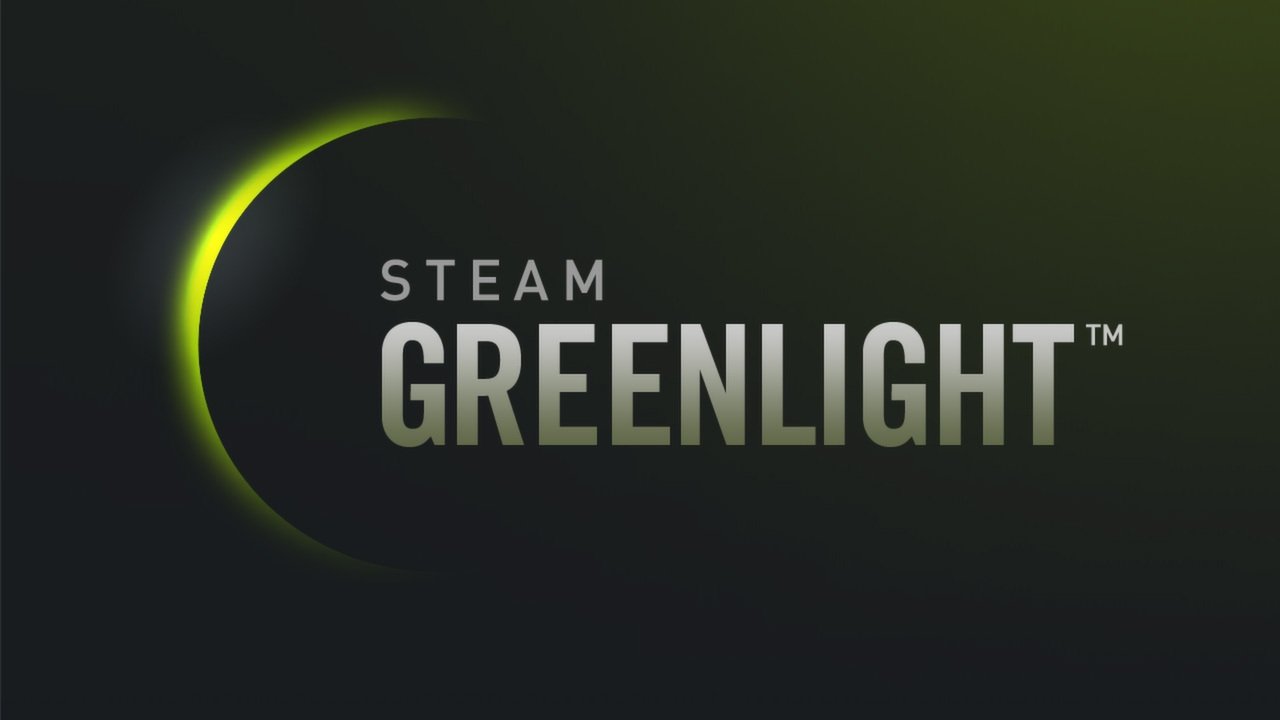It’s no exaggeration to call Steam the most influential force in PC videogames. Valve’s digital distribution storefront looms large over the industry, offering enormous visibility to the games sold on it. Massive summer and winter sales, daily discounts and a fairly unobtrusive form of DRM have made Steam into a PC juggernaut that platform developers need to work with if they hope to make their games visible to a large player base.
The last few weeks have seen Valve publicly re-thinking aspects of Steam, launching new community features, a “Big Screen” mode meant to encourage playing PC games through televisions and, most interestingly, an indie-centric service called Greenlight.
Greenlight is a method for independent PC developers to get their games onto Steam. After details of the game — screenshots, videos, text — are uploaded to Greenlight, other users vote on whether or not the title should be sold through the storefront. The service, initially free to use, now requires developers to pay a $100 submission fee.
I find this a bit troubling.
Videogames are still working through the long process of becoming a truly democratic artistic medium.Videogames are still working through the long process of becoming a truly democratic artistic medium — one that people of all backgrounds, financial statuses and geographical locations can embrace as a channel for sharing their own thoughts, emotions and stories. What the $100 fee does, in effect, is lock out those who have created a game, but lack the money to get it properly promoted. When Valve first announced Greenlight, this didn’t seem like it would be the case. The idea of a service wherein games could vie for a spot on Steam’s high visibility homepage based on their quality alone was truly exciting. A student working a part-time job, spending her or his spare time working on a passion project would have been able to look forward to a shot at their game finding success on Steam before.
Now, this may no longer be the case and it’s a real shame.
Valve, in announcing the fee, reasoned that the requisite $100 would serve to keep out the joke submissions (Half-Life 3 mock-ups and the really original gag games about CEO Gabe Newell being fat), but, really, all it does is take away from Greenlight’s potential. I don’t envy the Valve employees who may have been tasked with sifting through thousands of junk Greenlight games in order to find the truly viable ones, but, ultimately, if quality control was a real issue for Valve then it seems only fair that Valve itself could have bankrolled the legwork instead of passing the fee onto creators.
Why, after all, does a corporation get to ask for a (not insignificant) chunk of change from fledgling artists when it’s sharing the profits, too? The fact that the $100 is given to the Child’s Play charity does little to take away from this problem.
All of it leads to a sense of exclusion (a sense furthered by the banning of erotic game, Seduce Me, from the store while violent titles remain available.I played in an indie rock band for five or so years and festival submissions were a constant drain on the little money we saved up from playing shows and selling CDs. Even at a lower $20 to $50 price point, spending our meagre savings on a shot in the dark at gaining exposure sapped the resources we had available to continue creating. Recording new demos and EPs, buying new equipment and having the gas money necessary for playing out of town shows — these all had to take a backseat to fees meant to, like Greenlight, cut down on non-serious entries. The exact same is true for indie game developers and the money they need for the costs associated with game design.
All of it leads to a sense of exclusion (a sense furthered by the banning of erotic game, Seduce Me, from the store while violent titles remain available — but, that’s a whole other can of worms that needs to be opened at another time) and the notion that Valve isn’t especially interested in providing developers with a truly democratic service.
The leader in PC games needs to try a bit harder if it wants to make Greenlight into something worth indie developers’ attention. Right now, it comes off as a service that isn’t really ready for use yet. Valve, a developer/publisher known for taking its time before releasing anything, has jumped the gun on what could have been/could still be a really interesting feature. Now, $100 fee in place and no signs of a change in policy, Greenlight seems like nothing more than a wasted opportunity and, much worse, a false hope for the future of indie games.
***
Reid McCarter is a writer and editor who lives and works in Toronto. He has written for sites and magazines including Kill Screen, The Escapist and C&G Magazine. He founded, writes and edits the videogame blog digitallovechild.com and is Twitter-ready @reidmccarter.




